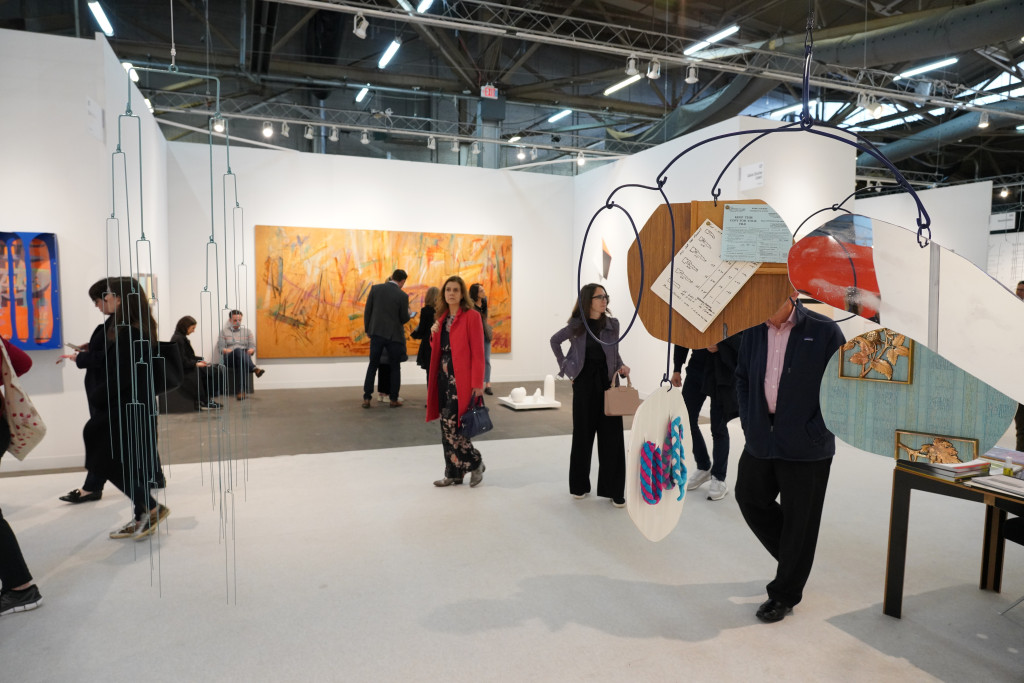[ad_1]
As the mid-season contemporary auctions and the Armory Show in New York carry on, Art Basel and the Swiss bank UBS released their annual Global Art Market Report. The analysis revealed a strong plateau in overall growth of the international art market, highlighting key contributing factors in the global dynamics of the industry for the year 2019. The report also focused its analysis on the transactional behaviors of the high-net-worth collectors sector, an area of heightened concentration amid stable results for the global fiscal year.
According to the report, global sales of fine art and antiques achieved a total of $64.1 billion in 2019, slightly down from the $67.4 billion achieved in 2018. The international market has seen a return to its 2017 marker, down 5 percent in total sales from year to year. The United States, United Kingdom, and China—together, the three top market contributors—led with 82 percent of the sales total. The U.S. ranks as the highest-grossing art market, with a total of $23.8 billion in annual sales for 2019, marking a firm standing from last year with a market share of 44 percent. China maintained a stable market share of 18 percent down only 1 percent from last year, and achieved an estimated $11.7 billion in sales overall.
Notably, the trade sector remained flat, and auction private sales increased; but global public auction figures saw a drop in 17 percent overall after steady growth over the past two years. As widely anticipated throughout the year, this decline in worldwide auction sales is mainly attributable to the slimmer availability of ultra-high-value lots. The recent announcement by Sotheby’s of their $1 billion total private sales achievement this year is telling of the advantage to fixed-price strategy. For emerging investors especially, this transactional option is attractive to those looking to incur less risk and test the market before contending at auction.
Despite the global art industry’s historical resilience in times of economic and political turbulence, Clare McAndrew, founder of Arts Economics, notes the tendency of dealers to veer toward more conservative transactional measures “in periods of uncertainty”—emphasizing that “the relative security and confidentiality of private sales” is likely a contributing factor to the recent growth in this sector of the auction market.
Together with UBS and Arts Economics, the survey garnered data around the collecting habits of 1,300 high-net-worth individuals across the U.S, the U.K., Europe, and Asia. The findings revealed that the largest developing collector base across the globe was millennials. Among the 61 percent of those surveyed who have consigned works from their collection, 71 percent were millennial collectors. Overall, the figures show that emerging ultra-wealthy collectors are both buying and selling apace in the fine art category across varied sales channels.
The international art fair market, which remains a crucial stakeholder in the art world’s transactional flow, also reported a plateau in growth. Fairs are known largely to be most valuable in their service toward relationship-building among dealers, collectors, and industry specialists, and as sites of merging critical discourse. Yet, with a total of 64 percent of sales taking place during exhibitions, it is clear that the undercurrent of deal-making amid social fanfare is effective for helping meet annual targets.
[ad_2]
Source link


